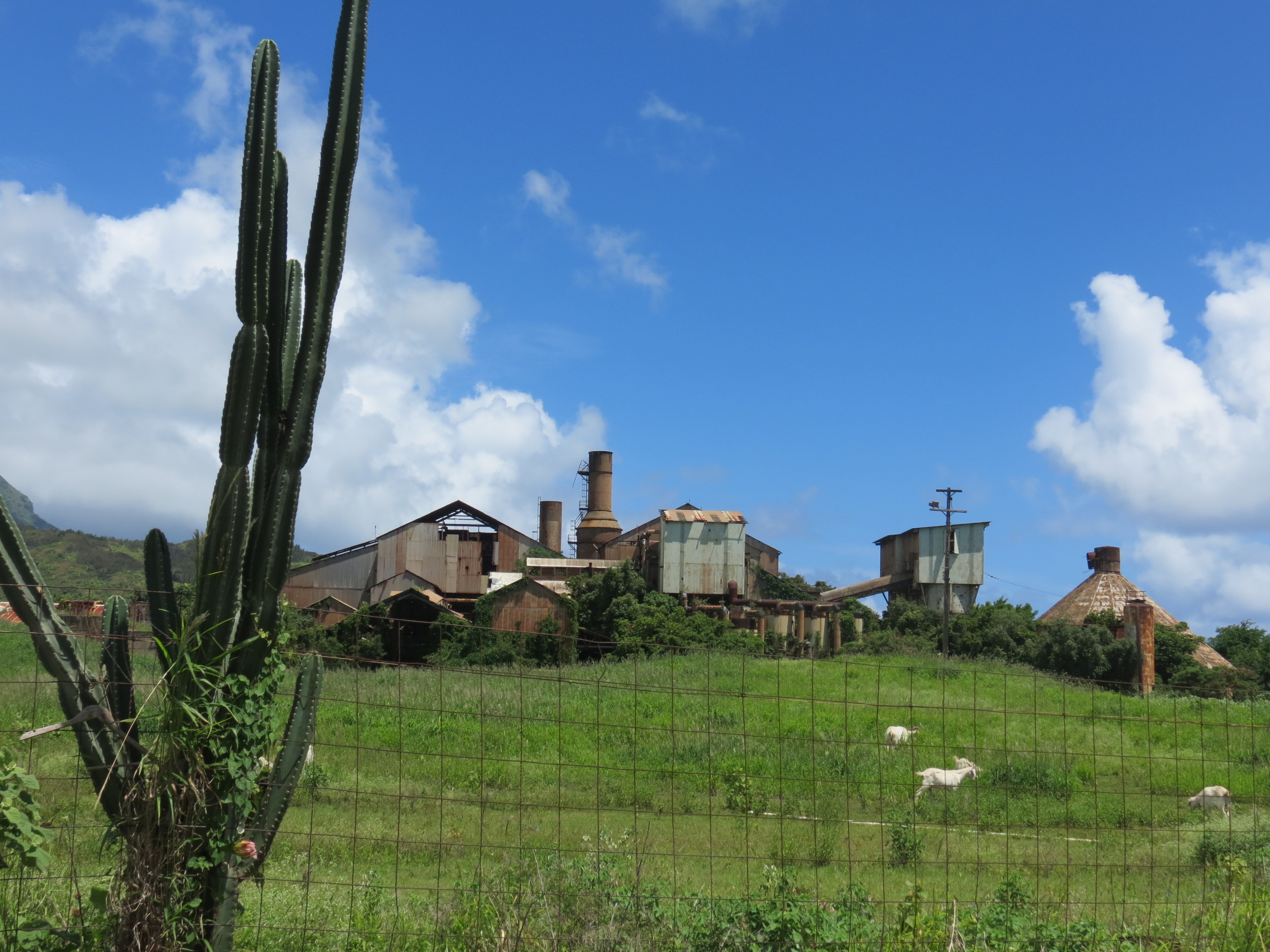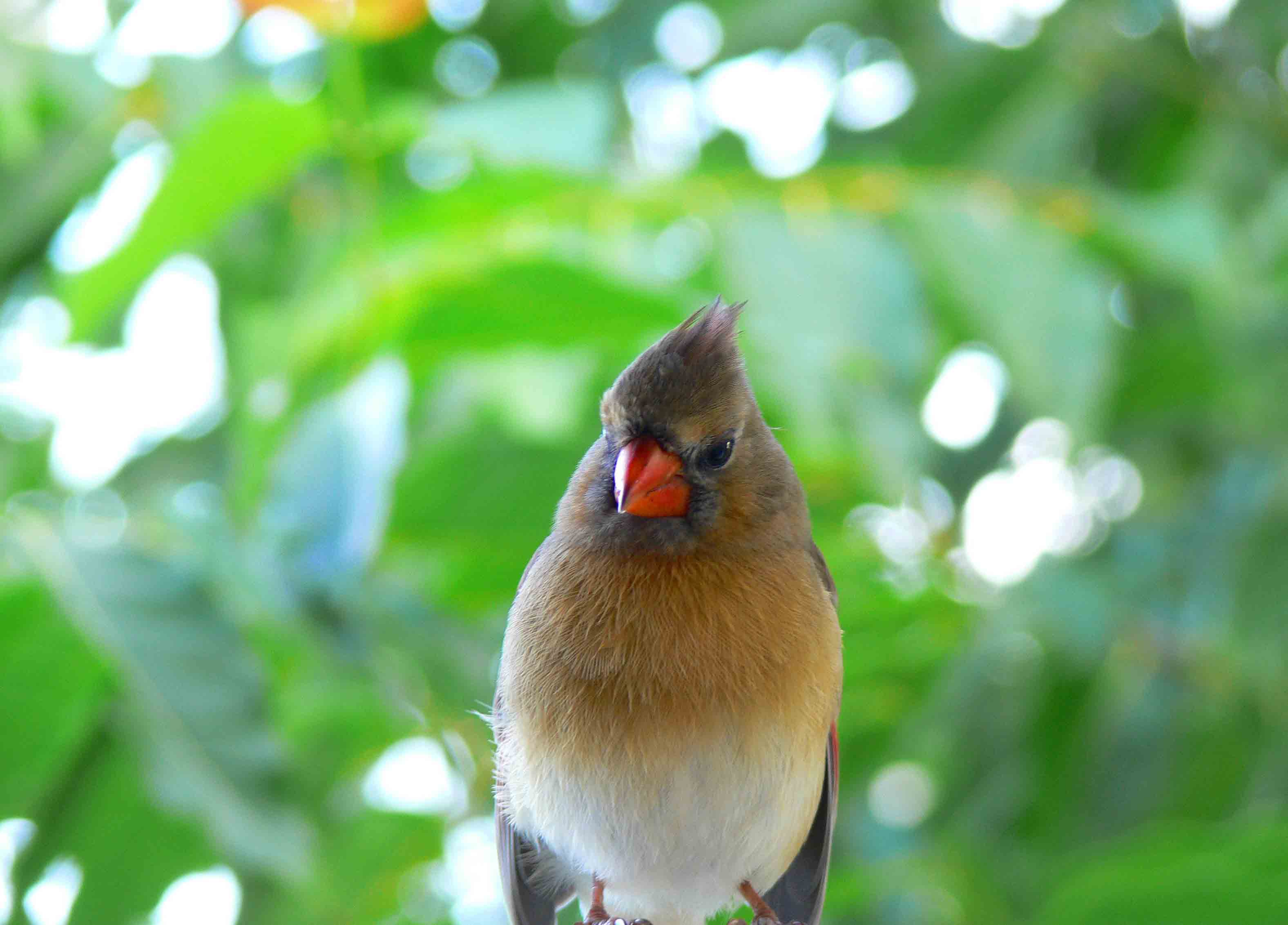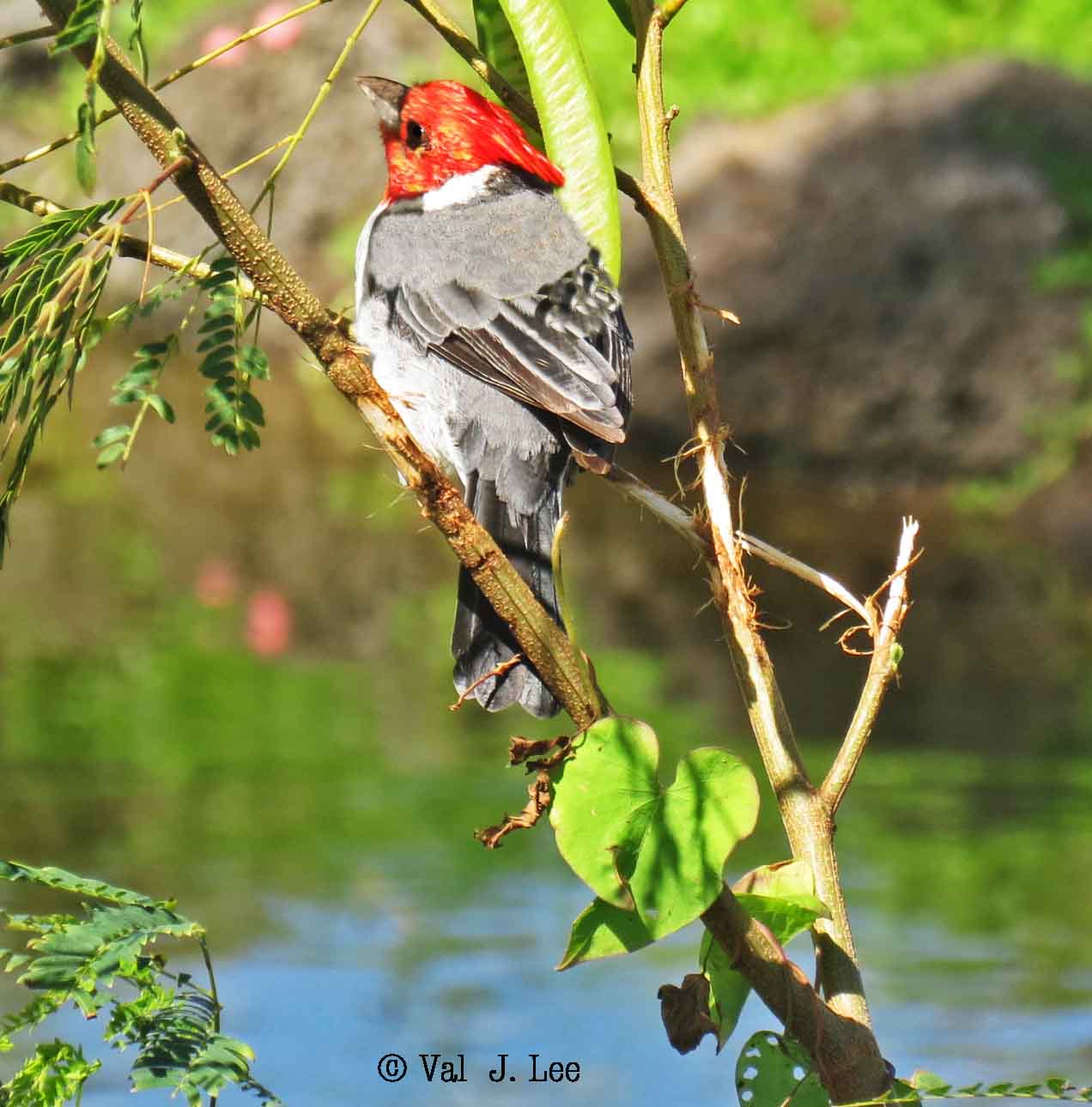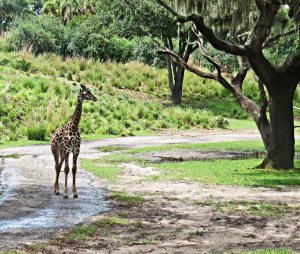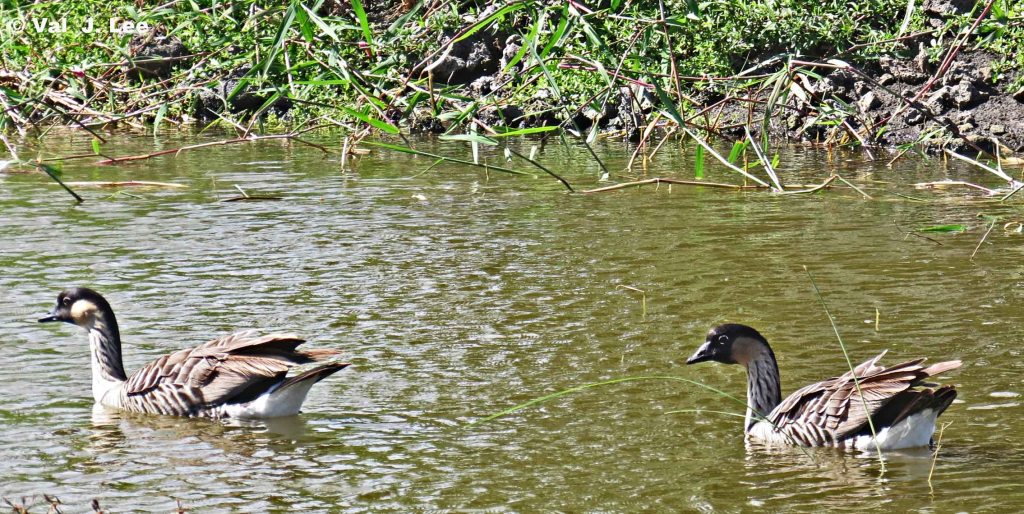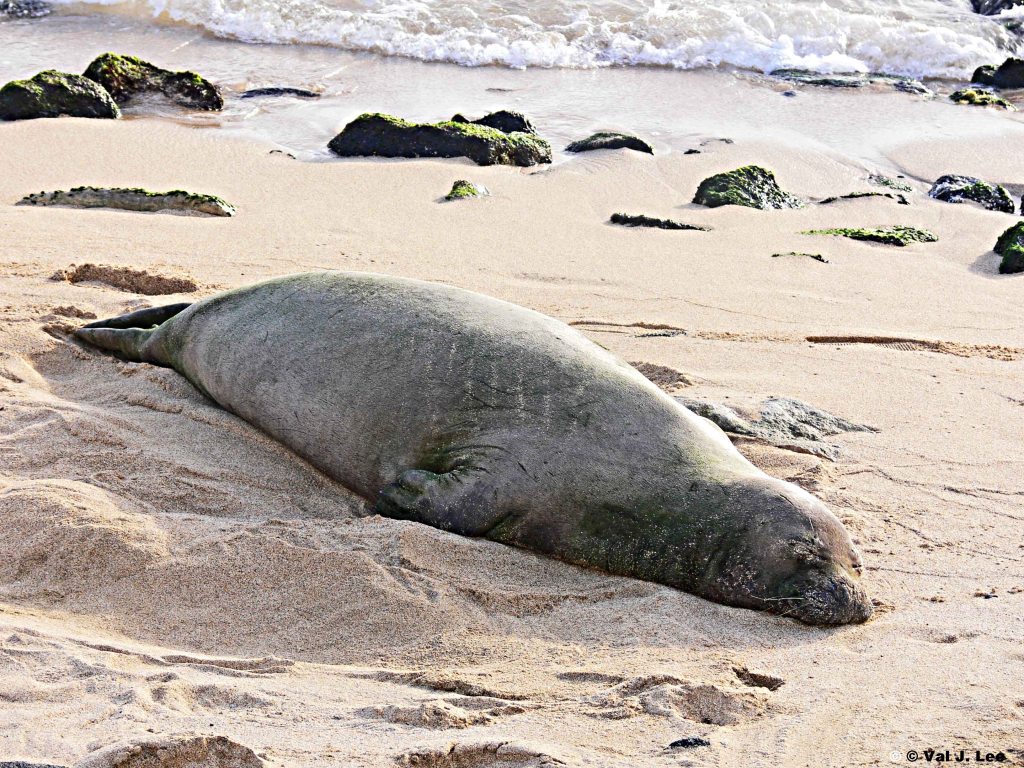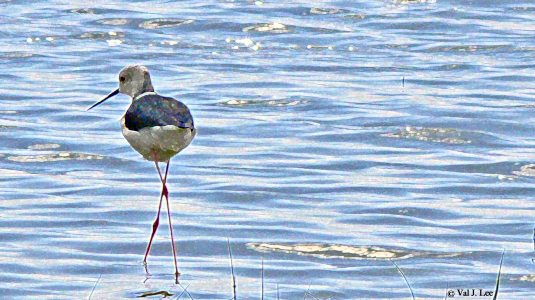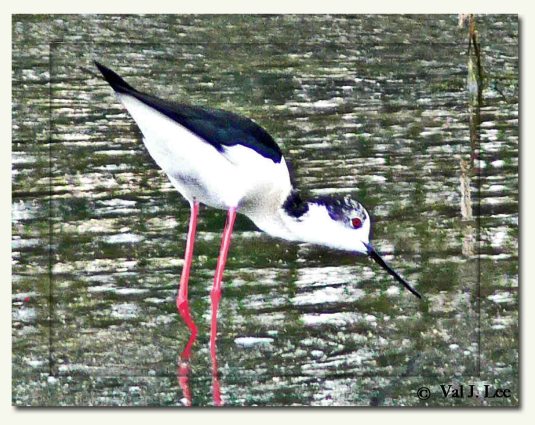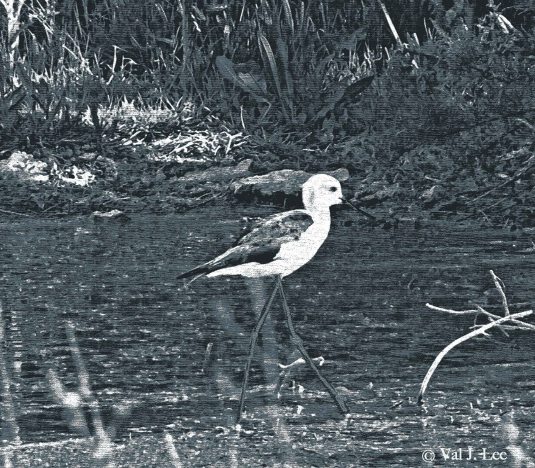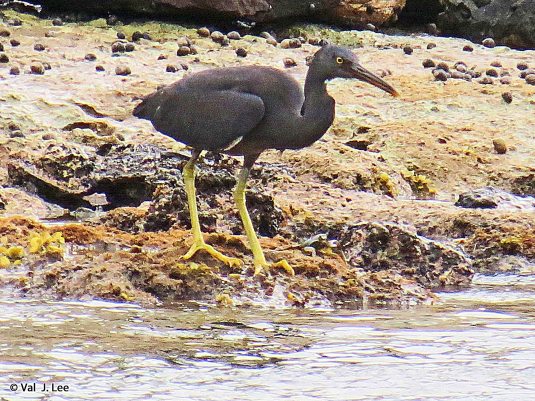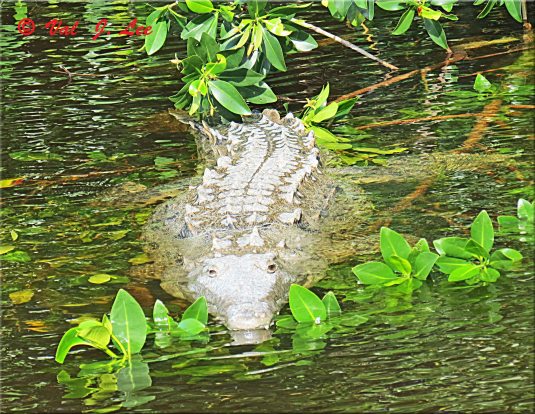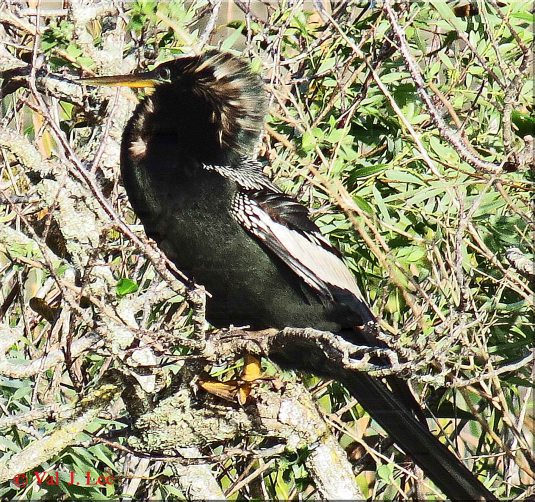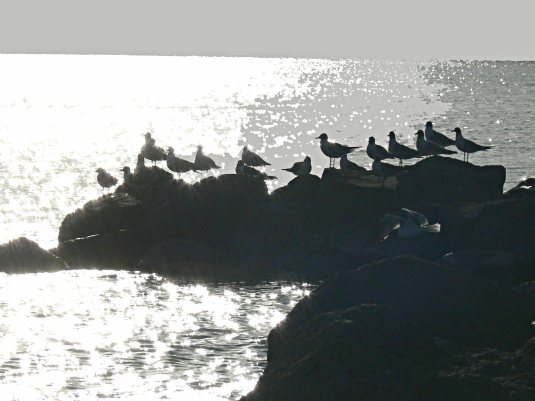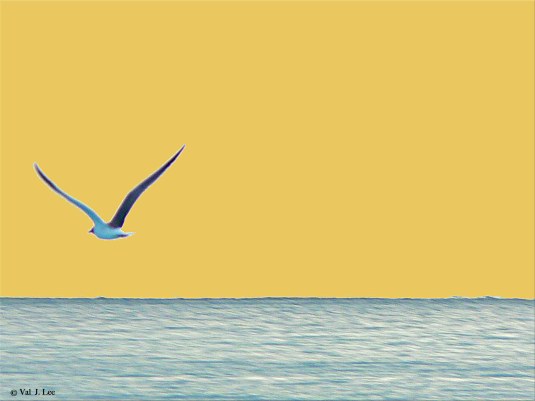Yes, they are gorgeous, the most luxurious of flyers. These brightly-hued ducks are “sometimes called ‘The Far East Rainbow,’ ‘Wedding Duck,’ the ‘Yin-Yang duck.’”
God gifted this paramount of ducks to China to please the eyes of His human creation, revealing one of the wonders of His caring love.
Mandarin is the language of the Chinese and Mandarin oranges are native to China.
Mandarin Duck figurines are often gifted at Oriental weddings as they represent faithfulness for life as monogamous ducks.
Mandarin is the language of the Chinese. The word “Mandarin” supposedly means “Chinese official.”
The white Peking Duck of China is the tiptop cuisine of China and certain Chinese Restaurants in America list it as its main course. At a pristine restaurant, this duck can cost $32.00 served. Mandarin Ducks were not created to be served on a platter. They are petite and do not possess a pleasing taste for your buds. Their meat is yucky.
The Mandarin Duck can be located in certain parts of the US as introduced; though, considered a Chinese species. “China historically exported hundreds of thousands of Mandarin Ducks, but the export trade was banned in 1975.”
Mandarins preserve their loveliness as they do not crossbreed and are shy in their displayed beauty. God’s fauna does not breed outside of their kind. A duck will not mate with a cat. Of course, this debunks evolution. God is not mocked nor can He be removed from all that is magnificently crafted. Man owns a brain and mobility; yet, cannot create one hue-filled Mandarin feather from nothing nor from anything else. Yet, in man’s silliness, he tries to dismiss his Creator. Everything did not arise from nothing. Nothing never creates. Nothing comes from nothing.
I shot this photo on the island of Barbados which houses lovely aves, monkeys, and other unique critters.
I shot this Green Monkey with her infant in Barbados. She was curious about my camera and wanted to examine It. How could I refuse her?
When in Barbados, we spotted a Green Monkey above us in a tree at a bus stop. I was told if you have bananas with you and hold one up, a monkey will climb down to fetch it.
Wood Ducks are lovely too, as you note from my photo, being an American native duck. Classified as second to the Mandarin in beauty.
Mandarin ducklings (not adults) are almost identical in appearance to the North American Wood Duck ducklings and Mallard ducklings.
White Mandarin Ducks are also pleasing to the eye-gate. They are entirely white except for a bit of sandy brown on some wings. They display the red beak as seen on the standard Mandarin.
The Drakes’ downward head feathers are colorful and longer, akin to rainbow-colored long hair. No person holds such colorful, arrayed beauty on the crown and it is a regal crown to be relished.
Both sexes display white eye rings that brush outward on the sides of the eyes, in a narrow streak or becomes pointed. Though not all Mandarins display the streak.
God crafted the hens not to be as colorfully magnificent as their male counterparts, though display long, downward feathers on the back of the head which adds elegance to the female. Female fowl blend into the surroundings to protect the young. However, when in molting mode (replacement of existing feathers), the drake appears almost identical to the hen, only his bright red beak indicates his maleness. Following the breeding season, molting occurs. (God is amazing in all His creation including telling a creature he needs a new dressing and God takes care of providing the new set of duds.)
Guys, when courting that special gal, impresses with a palette exhibition as he raises his magnificent crest and his orange sails—upright, glorious, orange feathers, resembling sails on a boat. They flair their tertial elongated feather (The innermost flight feather area). They also perform preening behind their wings to show off their elegance and precision in appearance.
Drakes marvelously set sail when they are gliding in shimmering water or strutting on land. The hens do not display “sails.”
Akin to Wood Ducks, Mandarins nest in trees aloft from water. Mom chooses the best local for her precious young. God placed in her the desire to protect.
Mandarin ducklings will break their eggs (9 to 12 are laid) and emerge from them at God’s set time of oven doneness, resulting from a caring incubation duration of a month. The eggs are white to pale white in coloration.
Mrs. Mandarin will call her ducklings down from the tree nest 24 hours after their debut. They begin forging for food immediately following their descent and will head for a natural pond where much nutrition is located.
For some reason, Mr. Mandarin leaves Mrs. Mandarin with the eggs for a month, but then suddenly reappears to mind the protection of the hatchlings. Yes, interesting indeed! Does he decide to go on a fishing expedition all of a sudden? 🎣 🙂
Mandarins own monogamous relationships through the breeding season and may do so in following years. Many relish staying with a mate for life. Ninety percent of bird life mate for life by God’s design.
Mandarins are natural flight navigators, “Able to fly through trees with remarkable agility.” Jesus Christ equipped them to be so, minus any flight instructor.
Mandarin ducks love grains, seeds, acorns— various forms of plant life. They aren’t exclusively vegetarian (herbivores), especially in the warm season when lakes and ponds are abundant with life such as frogs, snails, small fish, etc— those delectable delights. Oh, and yes, they might munch on a slithery snake. Yes, true omnivores.
Lifespan is estimated to be “6-10 years.”
My letter addressed to the bird enthusiast: https://birdsbyval.wordpress.com/2012/03/03/letter-to-bird-enthusiast/
God’s amazing feathers: https://www.youtube.com/watch?v=6VdVAipRgvA
Cute Mandarin pet duck. Sorry for the background music: https://www.youtube.com/watch?v=PoEs1tY5tFY
Some info gratefully gathered from websites.


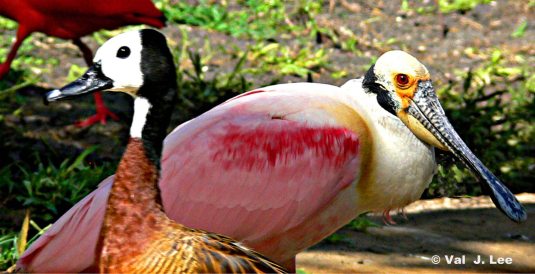

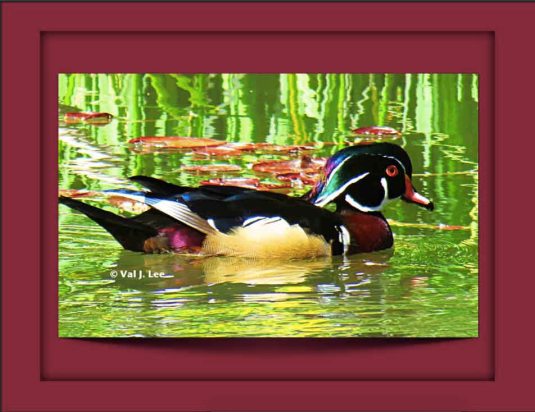

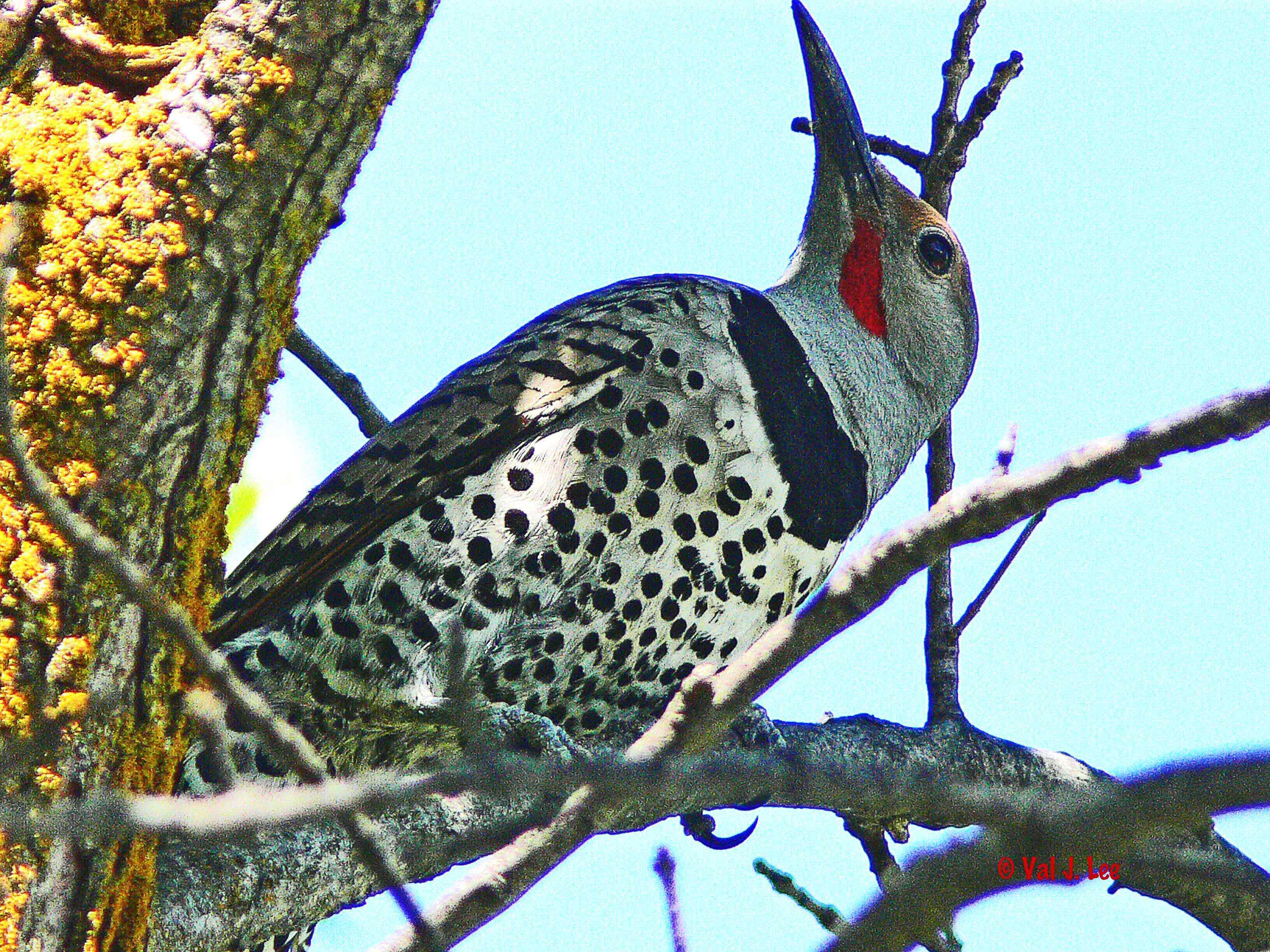





 Males may display brighter and more colorful plumage that females generally lack. Observers note the male is definitely the head of the family. Imagine that?
Males may display brighter and more colorful plumage that females generally lack. Observers note the male is definitely the head of the family. Imagine that?


